
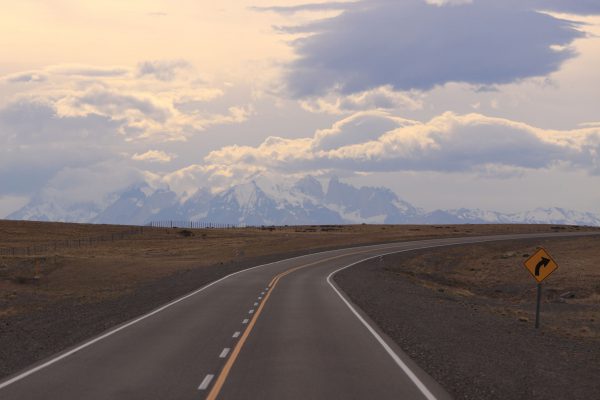
 people viewed
people viewedImmortalised by its role in Che Guevara’s ‘The Motorcycle Diaries’ Argentina’s Ruta 40 encapsulates the spirit of the country and for that reason, it is often called La Mitica Ruta 40 or The Mythical Route 40.
National Route 40 can practically be considered Argentina’s backbone, running along 5,000 kilometers (3,100 mi), crossing 18 important rivers, 20 National Parks and Natural Reserves and connecting 11 provinces: Santa Cruz, Chubut, Río Negro, Neuquén, Mendoza, San Juan, La Rioja, Catamarca, Tucumán, Salta and Jujuy. One of the world’s great driving adventures, running parallel to the Andes Mountains for nearly 5,000 km, this route is the stuff of legends.
You can take an outbound flight to Barichole Airport and hire one of the best car rentals in Argentina.
Argentina Map:
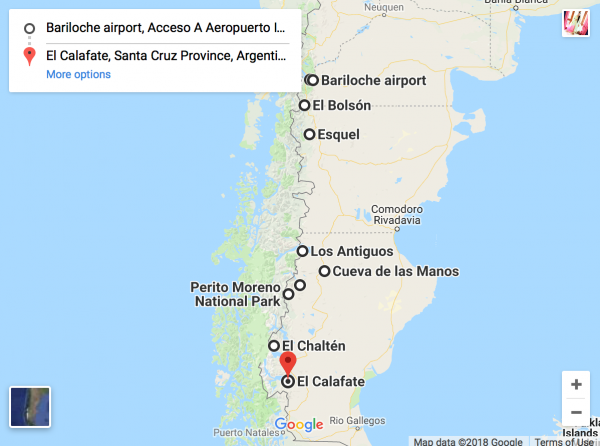
https://goo.gl/maps/jXNLD9abwCH2
Quick Preview:
Distance: 1936 kms Drive Time: 27 h
Bariloche airport > San Carlos de Bariloche > El Bolsón > Esquel > Los Antiguos > Lago Posadas > Perito Moreno National Park > El Chaltén > El Calafate
Useful Tips:
List of petrol stations on the Ruta 40:
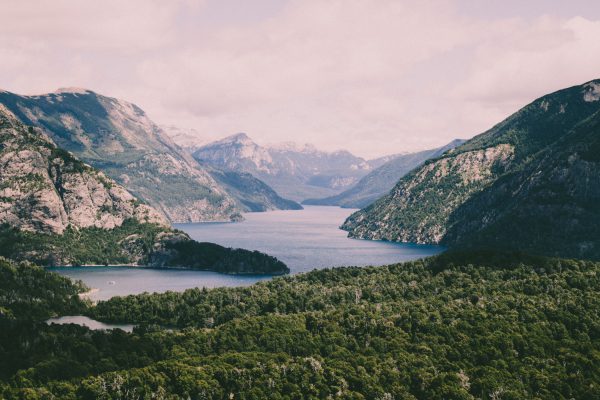
Start your journey from San Carlos de Bariloche – the gateway to Patagonia. Perched on the shores of the vast blue Nahuel Huapi Lake, the alpine town of San Carlos de Bariloche is surrounded by stunning forests, mountains, and lakes as far as the eye can see in the Argentinian Lake District and is one of the best places to visit in Argentina. Spare a day to explore the town, with plenty to do: cycling the Circuito Chico, taking a cable car for stunning views to sampling the famous chocolate at one of the artisan shops. Drive the ‘Route of the 7 Lakes’ which takes you from Bariloche to Villa Angostura and on to San Martin de los Andes, through forests, along rivers, and along the shores of some of the most beautiful lakes in Argentina.
On your way to El Bolson, which is 131 km of asphalt, you will pass Lago Guttierez and catch a glimpse of Cerro Catedral. Later you will encounter the small town of El Foyel, a picturesque place for a brief stop before continuing the journey.
You can also read our North American great drive of California here: https://www.avis.co.in/blog/worlds-greatest-drives-highway-one-big-sur-california
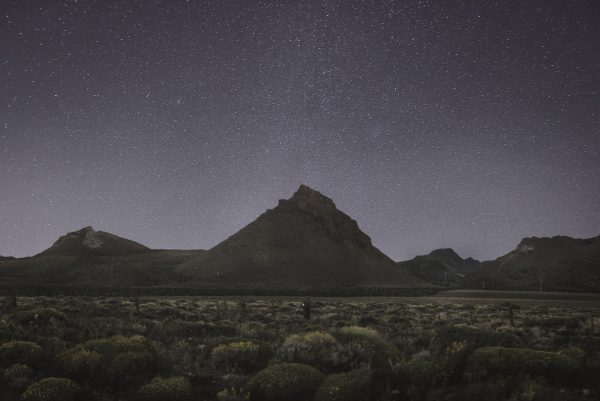
You will travel for 193 km by National Route 40 and later by the provincial roads 15 and 71, which are paved by gravel. There are gas (petrol) stations in El Bolsón and Lago Puelo. This road is long and a little more difficult, but the advantage is that it crosses one of the most spectacular National Parks in all of Argentina – Los Alerces National Park. It borders the Rivadavia, Verde and Futalaufgunen Lakes. You can visit the small towns of Epuyén and Villa Futalaufquen.
Hitch-hiking is common in Argentina and if you’ve got the space, it can be a nice way to share in the Ruta 40 solidarity and to meet new people. It is also one of the top tourist attractions in Argentina. There’s a feria asado (meat festival) that happens in Cholila, a tiny village 30 km off the Ruta 40. Post this the landscape starts to flatten out, grey gravel merging with the beige and brown of the low, dry hills.
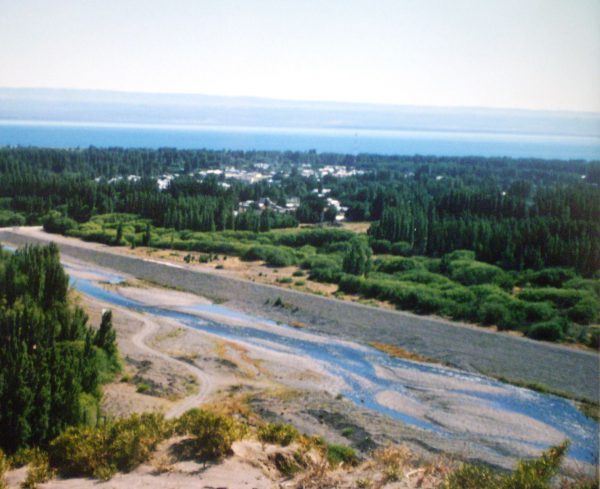
Drive from the Andean town of Esquel and on to take the mythical Route 40, the longest in the country (4600 km.) On this route, you will experience the dramatic change in landscape and environment, from the woods and mountains of the Patagonian Andes to the windswept Patagonian bushy Steppe. You are most likely to have your first wildlife sighting on the way – Tiny ostriches called choiques (known as Darwin’s rhea) scatter as we drive past and if you look very carefully, you can spot armadillos scuttling across the road.
The tarmac now becomes more and more patchy and you will find stretches gravel lasting about 30 minutes. Leaving behind the towns of Rio Mayo and Perito Moreno the road leads to the enormous wild Lake Buenos Aires.
Leaving behind the towns of Rio Mayo and Perito Moreno the road leads to the enormous wild Lake Buenos Aires – magnificent like a shimmering plate of light under the evening sun.
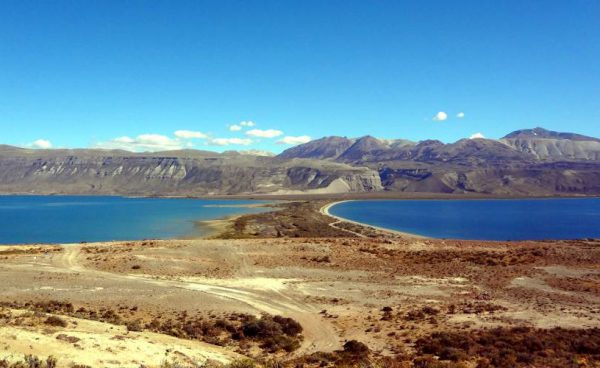
Los Antiguos is the national capital of cherries where you can visit several cherry farms sheltered by Lombardy poplars. This amazing route, the highest in Santa Cruz province, is open only during summer and runs parallel to the Chilean border across the canyons of rivers Jeinimeni and Los Antiguos. The land around – which yesterday presented a medley of brown and grey – turns vivid orange. Enjoy the wilderness and geology of the Austral Andes. Along the route, you will come across rivers and streams, a desert steppe, sheep and, above all, loneliness and a rough landscape. Then you will find yourself at two different coloured lakes scarcely separated by a peninsula – Lakes Posadas and Pueyrredón.
Visit the Jurassic Coast of Posadas Lake, “The Arch” and the Isthmus, followed by the Puma cave, the “Laguna de los Colores” and the Gorge of Rio Oro.
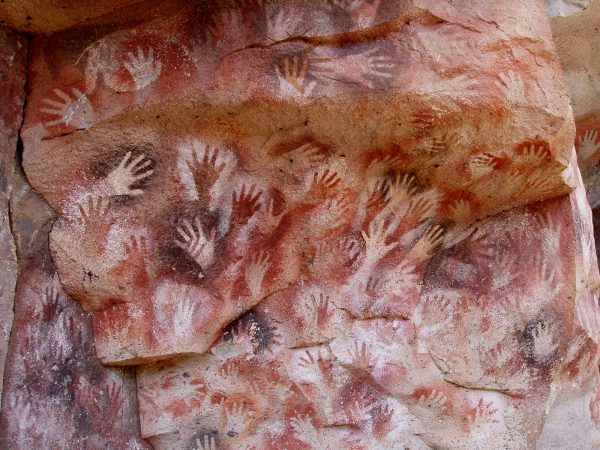
One of the most famous tourist attraction in Argentina, visit the Cave of the Hands in the Pinturas River Canyon. (Northwest Santa Cruz Province). The Hands Cave has, as its name implies, a great number of painted hands in negative and positive, contoured in red, ochre, yellow, green white and black colours, many of them are overlapped. There are also guanaco silhouettes, human figures in motion, dots and concentric circles.
From Lago Posadas take 75 Km. of unpaved road to go back to Route 40 and then head south from 100 Km. more to reach the crossroads with Route 37, which leads to the Perito Moreno National Park. This park, being so far away to any major town, is the less visited in Argentina (less than 2,000 visitors per year) and probably one of the most beautiful and pristine. The Burmeister lake is greenish, crystal clear and surrounded by mountains and ñires. Lake Belgrano is more desert-like and is opaque turquoise.
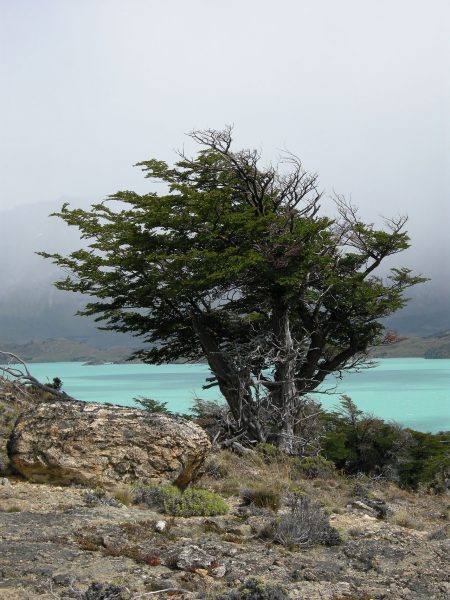
Plan an exciting, full day wildlife safari through the Park. Go deep into the wilderness. You can easily observe guanacos, choiques (Rhea Americana), red and grey foxes, Patagonian hares, flamingos, Magellan Geese, Condors. Pumas (Felis concolor) and Huemules (American deer) are very difficult to spot. Sightseeing vistas of the Cordillera de los Andes as well as of a complex lake system that includes Lake Belgrano, Azara, Burmeister, and Lake Nansen. Visit to the Belgrano Peninsula, where you can learn about Guanacos´s habits behaviour, as hundreds of them hang around the hilly peninsula. Drive up to Rio Lacteo, the river that carries glacier sediments all the way from the San Lorenzo Mount (3740 m.)
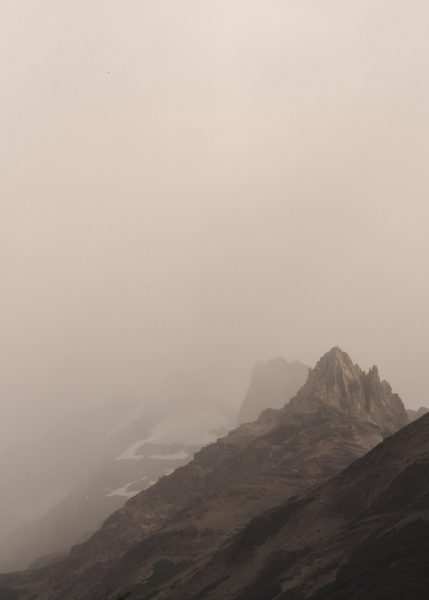
Drive crosses the Patagonian vastness, interrupted by the lonely Lago Cardiel. Don’t miss the opportunity to observe diverse land mammals like Guanacos, hares, red and grey foxes, armadillos and skunks. Birds of prey like falcons, eagles or condors. As you approach the El Chalten turn-off you will begin to make out the craggy mountain peaks in the distance – enjoy magnificent vistas of the huge granite walls of the daring Mt Fitz Roy and some other important peaks.
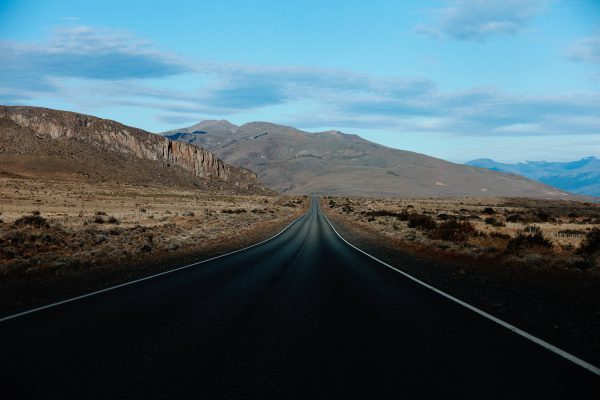
You can get to El Calafate from El Chaltén, located 220 Km away, by a gravel road along the coast of Lago Argentino. From the road, you observe the great Viedma Lake and its Glacier originating in the continental snowfields and we assure you that it is the best place to visit in Argentina for enjoying a great drive across the vastness of the terrain.
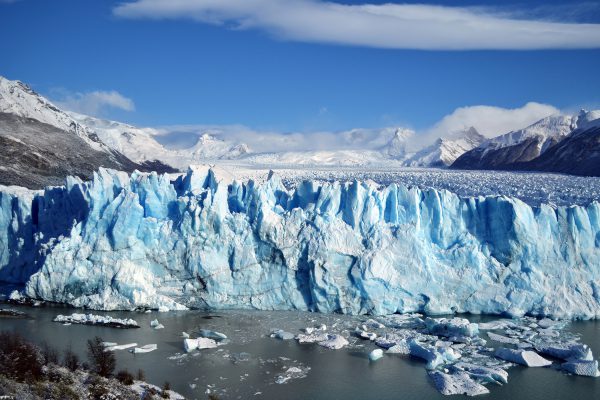
El Calafate is the gateway city for glaciers that stretch back through space and time. Visit the famous Perito Moreno Glacier, an important river of ice, 3 km. wide and 50 m high. Because it is the only glacier in the world which is permanently advancing, it has been declared a world heritage by UNESCO.
Transfer to El Calafate Airport and drop off your car rental.
Our Recommendations:
Stays:
El Pueblito

Immersed in the Patagonian Andes, they offer a space where human warmth is interspersed with natural foods, good music, the sound of the river, the silence of the trees and the hearth. Stay in an attic bedroom or a wooden cabañita in the garden. Breakfast included.
Las Bayas Hotel
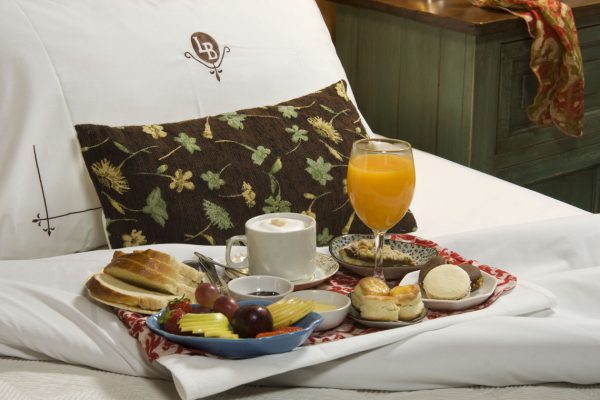
A boutique hotel in the city centre, offering plenty of lodging options ranging from Master Suite, Senior Suite to Junior Suite. Enjoy a delicious breakfast, an aromatic coffee or savour some of their proposals for regional cuisine.
Hotel Mora
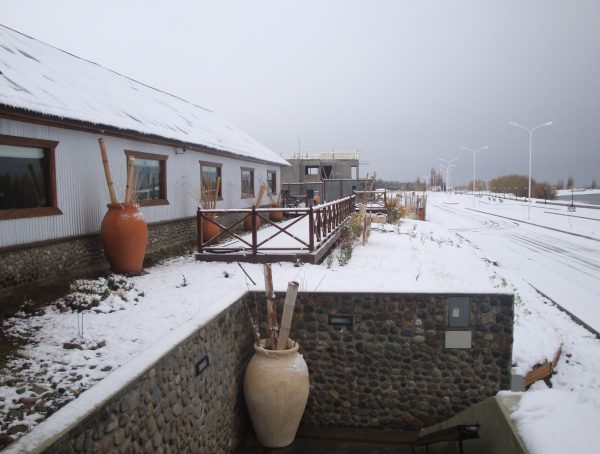
Equipped with plenty of parking space for your car, they provide lodging options to suit every pocket: Quadruple room, triple room, double room, single room. All rooms are equipped with LCD TVs, most with screen sizes between 27″ and 32″.
Hosteria Kaiken Gregores
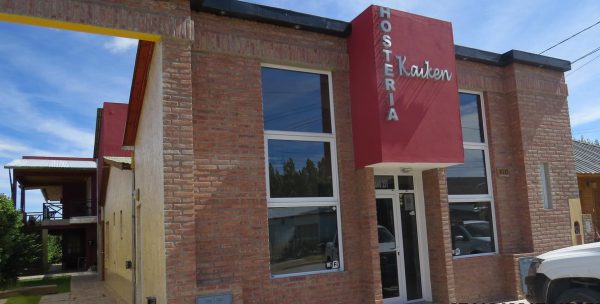
Located only 400 m from Gobernador Gregores bus station, Hosteria Kaiken offers simple yet comfortable rooms with free Wi-Fi, TV, minibar and private bathrooms. Parking is free of charge.
Hosteria Kau Si Aike
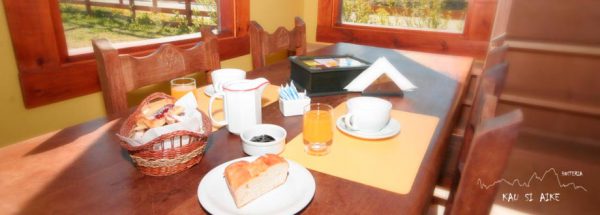
Run by its owners. ► Breakfast. ► Hot water 24 hours. ► Clothing white premium. ► Laundry. ► Safe. ►parking. ► Advice for several walks. ► US dollars (U $ S), Euros (€) and Argentine Pesos accepted ($)
Cauquenes de Nimez
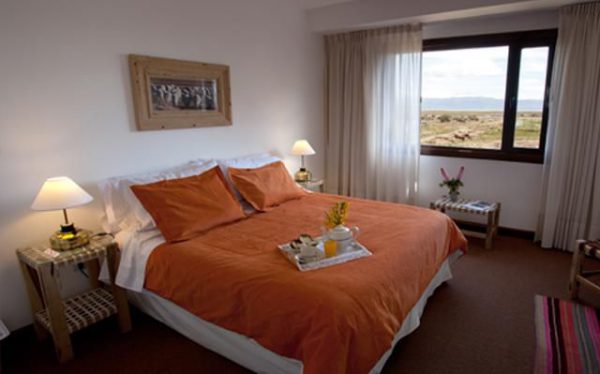
In their cosy lodge with 19 rooms overlooking Lake Argentino , Bahía Redonda and Ecological Reserve Laguna Nimez, you will find an environment to relax and discover the traditional Patagonian spirit, which enchanted travellers and pioneers. Oak floors, wooden ceilings, antique furniture and stays next to a large library, recreating a calm atmosphere to relax or relive unforgettable moments after a day trip. In the panoramic restaurant, you can taste the most exquisite flavours of traditional Patagonian home cooking, enjoy their typical tastings complimentary every afternoon or take a tea with homemade pastries, waiting for sunset and multicoloured southern sunsets or watching the birds return to the lagoon Nimez.
Eateries:
Viva el Viento
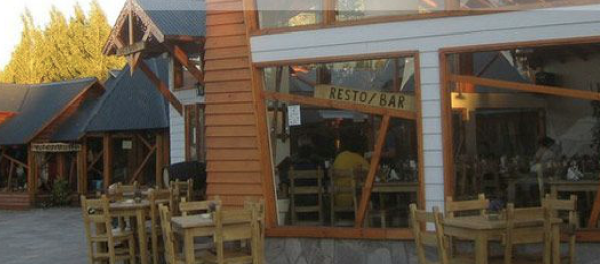
Viva el Viento is an international restaurant. Their chef-cook has made a special menu with influences from Europe and Argentina. “The best from both worlds!”. Aside from the menu, they also have a lot of exciting “special” other dishes.
Every Tuesday night they have artists performing live music. The ambience is really Argentinian: warm and a good hospitality. From October you are more than welcome to visit. They are open daily from 9.00 am to 9.00 pm. They are also open during the Siesta.
Where: Av. 11 de Julio 477, Los Antiguos
Contact: +54 (0) 2963491109
Buenos Cruces
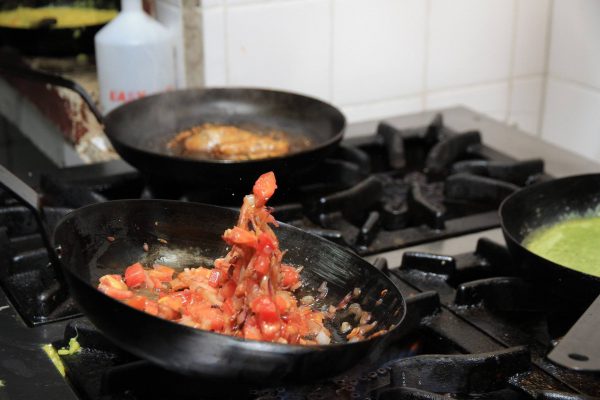
With excellent service, this family-run restaurant offers some satisfying dishes from guanaco meatloaf, the baked ravioli, beet salad and nut crusted trout.
Where: Espora 237, El Calafate, Argentina
Contact: 02902-492698
Alto El Fuego
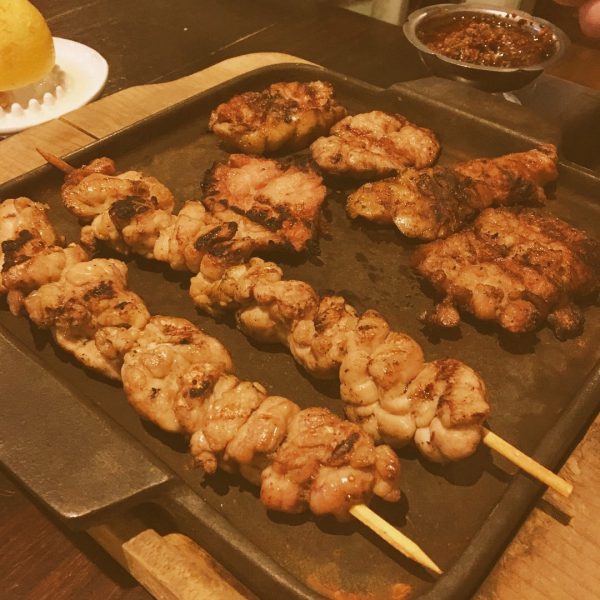
A great barbeque restaurant with a great wine cellar. Serves incredible steaks and huge portions. While you wait for a table they may send you down to the cave which is two small rooms connected where they store a lot of wine. The grilled buffalo provoleta, the ribeye steak and Filet Mignon are to die for.
Where: February 20 451, Bariloche
Contact: 294 443 7015
Patio Venzano Resto
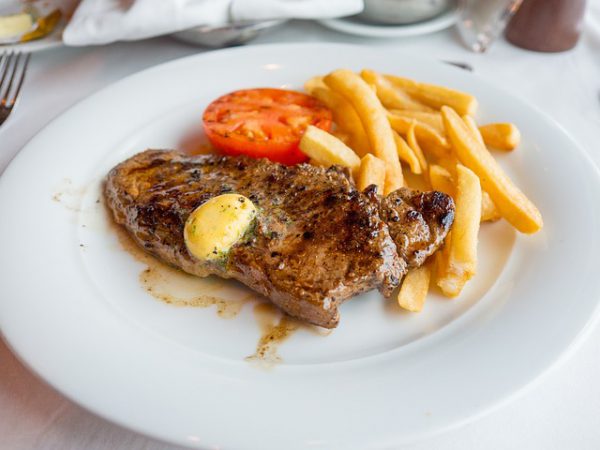
The restaurant specializes in traditional dishes from Patagonia Argentina. It is a family run enterprise with over 17 years of history, distinguishing it from other restaurants by the experience it offers its guests. A rustic, warm family atmosphere combined with excellent service, and the nobility of its dishes make Patio Venzano a good option.
Where: Av. Sarmiento 2550, 8430 El Bolsón, Río Negro, Argentina
Contact: 0294 457-4919
Mary Chestnut

Mary Chestnut ideal for your lunch and dinner. We recommend their a la carte menu: Tasty tickets, rich homemade pasta in its various preparations in a variety of sauces, chicken supremes, Carnes in its various preparations, minutes and homemade desserts. It is the place where you will taste breakfasts with a variety of sweet cakes and sandwiches of your choice, coffee by morning, smoothies, juices and a whole variety of sandwiches toasted, loins and burgers.
Where: Esquel, Chubut Province, Argentina
Contact: +54 2945 45-1752
Book your car rental in Argentina here.